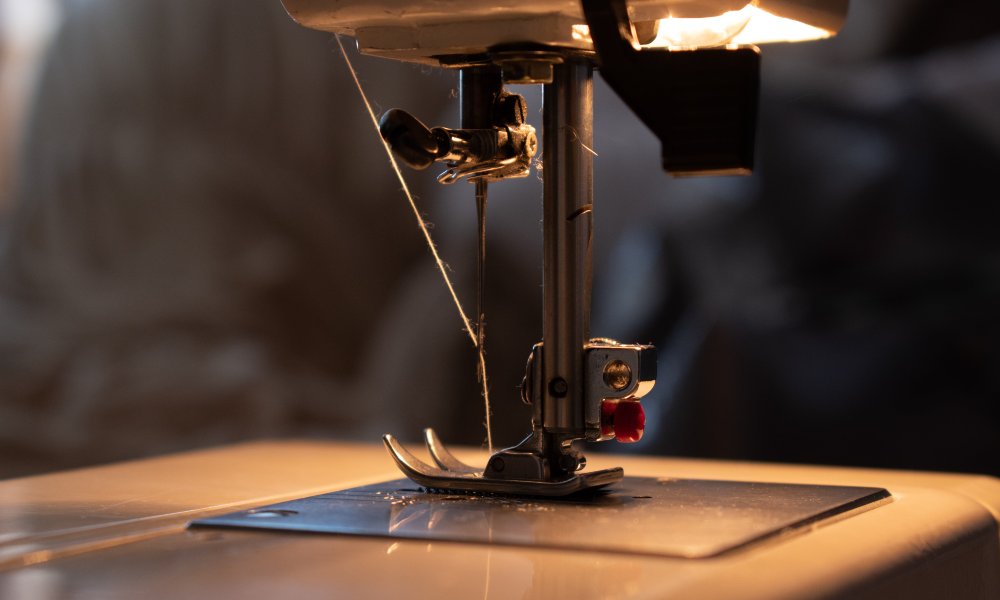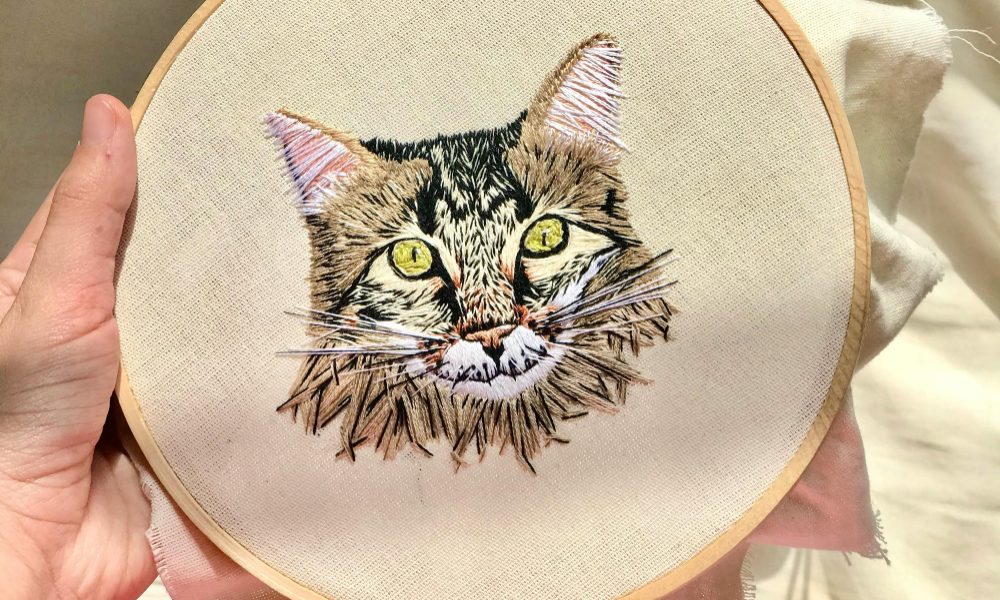Have you ever wondered what sewing machine stitch makes the most robust seam? With so many stitch options on modern sewing machines, how do you know which one to choose when you need a tough, durable seam that won’t unravel or break? Read on to learn about the most vital stitches and factors contributing to seam strength.
Overview of Common Sewing Machine Stitches
Most home sewing machines are equipped with basic stitch types like the straight stitch, zigzag stitch, and decorative stitches like satin stitches. The straight stitch is a single forward and back motion that produces a seam. Zigzag stitches go side to side in a zigzag pattern and are commonly used to sew stretch and knit fabrics. Decorative stitches like the satin stitch are primarily aesthetic and don’t add strength.
Factors that Impact Stitch Strength
Several factors determine how strong a stitch will be. The stitch type matters, but settings like length and width also affect seam strength. Additionally, factors external to stitch type, like thread, needles, and fabric, play a role.
Stitch Type
Some stitches are naturally more potent than others. Stitches that interlock threads or go back and forth over the seam line multiple times produce greater strength. The straight stitch, zigzag, and triple stitch are designed with strength in mind. Decorative stitches like the satin stitch are not intended to add strength.
Stitch Length and Width
Settings like stitch length and width determine how closely spaced stitches are and how wide they are side-to-side. Longer stitch lengths are quicker to sew but result in a weaker seam. Shorter stitch length settings produce denser, tighter seams. For zigzag stitches, a narrower width keeps stitches close together.
Sewing Machine Needle

The right needle for your fabric type and weight makes a difference in stitch strength. Heavy-duty needles are designed for use with heavier fabrics like denim and canvas. Skipping stitches or thread breaks can occur if the incorrect needle size is used, weakening the seam.
Thread
Thread comes in varying weights and fibers, with some being stronger than others. Polyester thread is very durable, while cotton thread has less strength. Heavier threads add strength to seams. Always use high-quality thread from reputable brands.
The Strongest Sewing Machine Stitch
When you need a solid seam, which stitch should you choose?
Straight Stitch
The simple straight stitch is your machine’s most robust seam when sewn at a short length. When stitching straight across a seam, the threads are locked directly on each other for durability. This interlocking effect creates a very tough seam. Use a stitch length of 2.0-2.5mm for best results.
Using Reinforcement Stitches
While the straight stitch is most vital, zigzag stitches, triple stitches, and multi-step stitches can add reinforcement too. These are great for stretch fabrics and stretchy fabrics. Zigzag over the seam allowance, or sew a second row of straight stitches on top of your seam for extra strength. Buttonhole stitches and satin stitches are also very dense and durable.
Tips for Sewing Strong Seams
To get the most strength out of your sewing machine stitches, follow these essential tips:
- Use the appropriate needle size and type.
- Select quality thread in a heavier weight. Polyester thread has strength.
- Stitch length should be 2.0-2.5mm for straight stitches.
- Zigzag stitches and decorative stitches should have a narrower width.
- Check tension settings to ensure even stitch formation.
- Raise the presser foot pressure for thicker fabrics like denim.
- Slow down your sewing speed on heavy fabrics.
- Finish seam allowances to prevent fraying of raw edges.
- Consider hand-sewing for extra strength when needed.
- Try a triple stitch or multi-step stitch for stretchy seams.
Common Uses for Very Strong Stitches
Here are some examples of sewing projects where extra-strong stitches are beneficial:
- Sewing stretchy fabrics like knits and swimwear. The seams get pulled on and need to withstand stretching and strain.
- Outdoor gear and bags need durable seams and stitching.
- Denim, canvas, and other heavy woven fabrics require heavy-duty stitching.
- Seatbelts, straps, and belts must withstand force without breaking.
- Items that get frequent use and washing, like blankets and throw pillows.
- Children’s clothing takes a lot of wear and tear.
- Machine embroidery requires strong foundation stitching.
Frequently Asked Questions
What makes the straight stitch the most robust sewing machine stitch?
The straight stitch interlocks threads vertically for a dense, tight seam. The threads pass over each other multiple times per inch with a short stitch length, creating a durable bond. This simplicity and density is why it’s the most robust stitch.
Should I sew seams twice for strength?
Sewing a seam twice, with two passes of straight stitch or zigzag over straight, adds an extra reinforcement layer. It’s an intelligent technique for stretchy knits, bags, outdoor gear, or any project where seam strength is critical.
How can thread impact stitch strength?
Thread itself can strengthen or weaken stitches. Higher quality 100% polyester thread is very durable. Cotton thread has less innate strength. Match the thread weight to the fabric – lightweight for wovens, heavyweight for canvas, and denim.
Why does stitch length matter for durability?
Long stitch lengths leave more space between needle passes, creating a weaker seam prone to breakage. Short 2.0-2.5mm lengths ensure tightly packed stitches that interlock well for strength. Check your machine’s optimal length.
Should I sew certain fabrics by hand for added strength?
Hand sewing ensures a gentle seam with added control for lightweight or delicate fabrics. Tailors often hand sew suits, jackets, leather, and silks where machine stitches could damage the fabric. Hand sewing adds excellent strength to the suitable fabrics.
The Takeaway on Strong Sewing Machine Stitches
While decorative stitches like the satin stitch have their place in sewing, the humble straight stitch reigns supreme when you need a tough seam. Along with proper settings and supplies, it will deliver the strongest bond your machine can make. So remember, while zigzags and decorative stitches have their purpose, you just can’t beat a straight stitch for durability.
What heavy-duty projects might you tackle that call for only the most vital stitches? Let me know in the comments!
***
Main image: freepik


